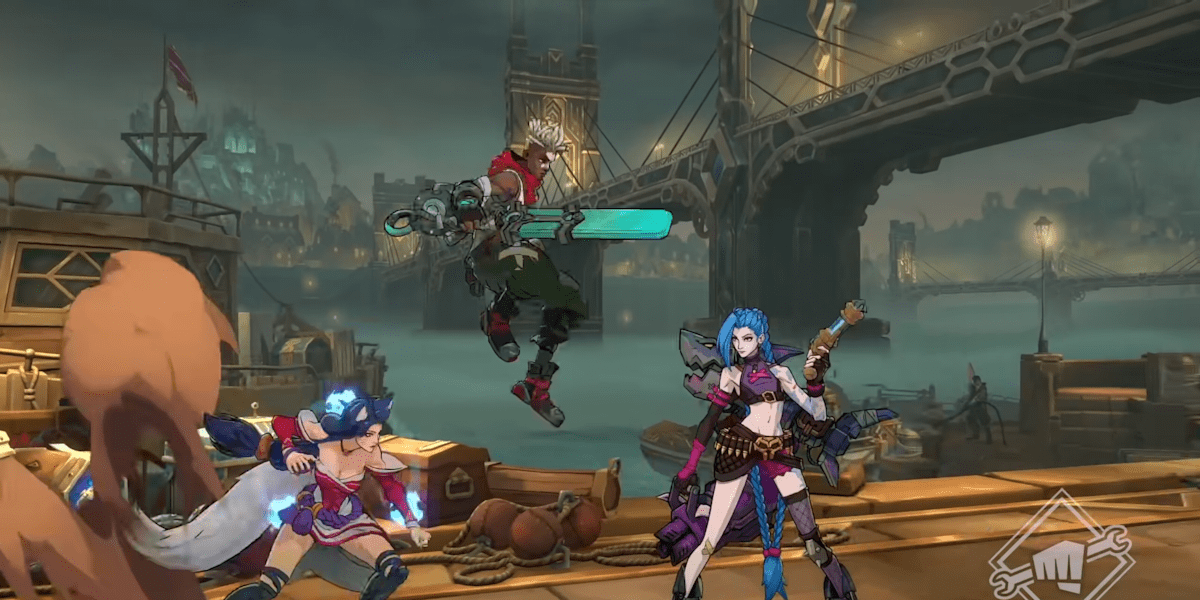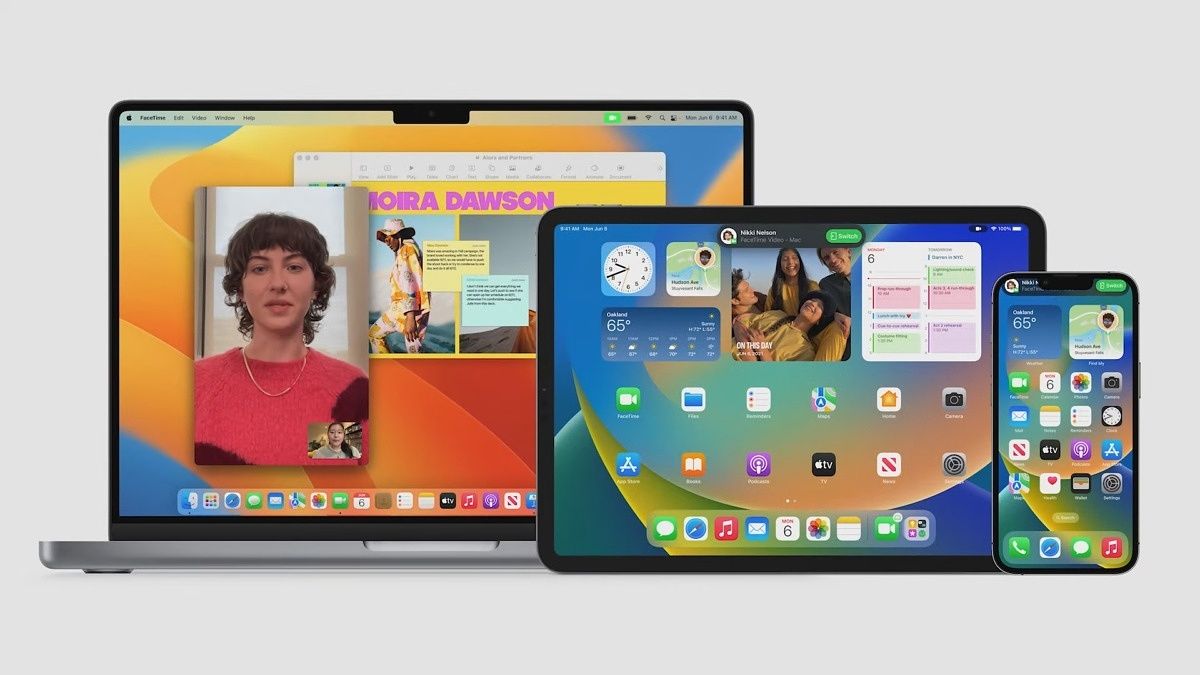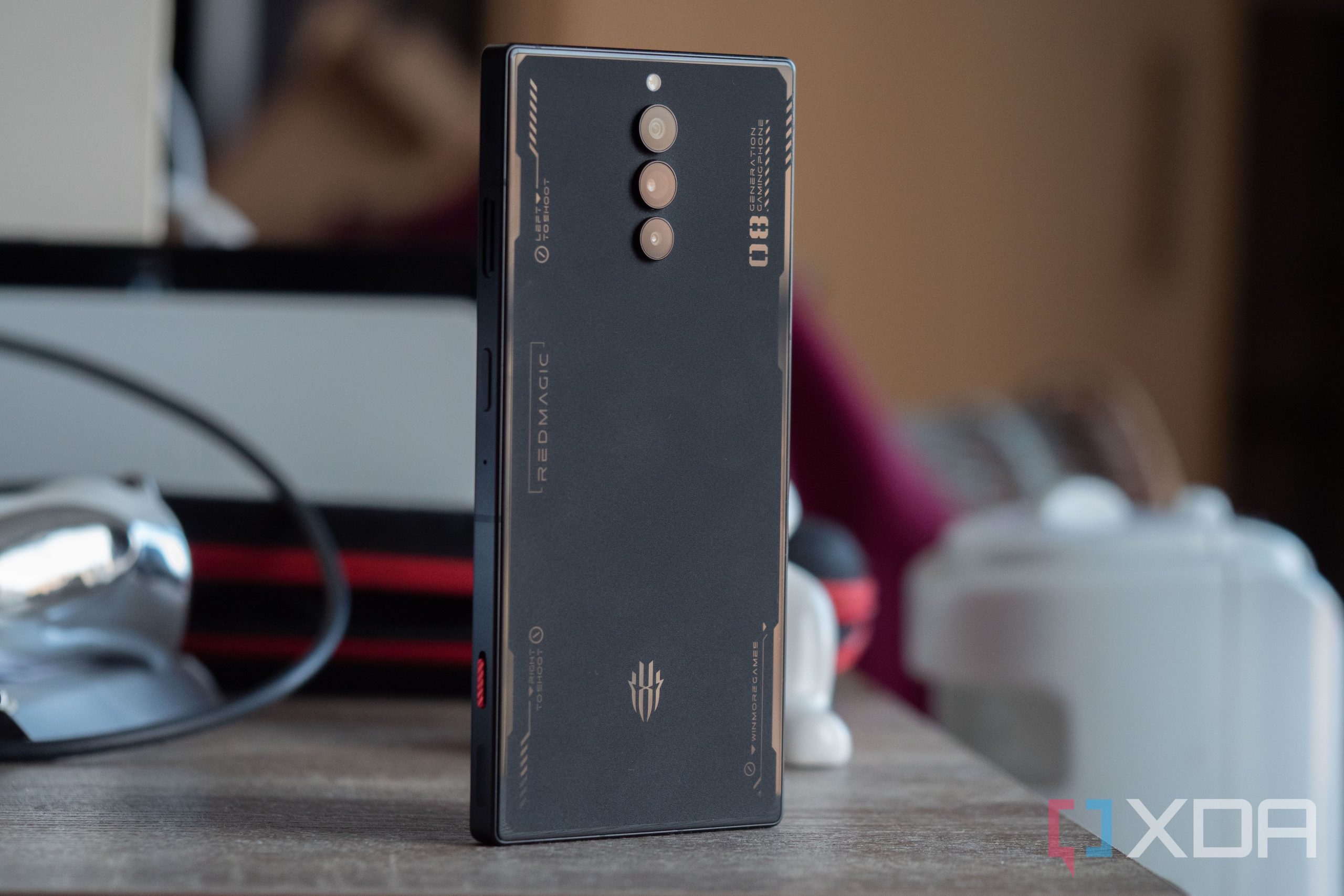Before being reintroduced in 2021, prospective players weren’t sure what to expect from Project L. A tag based fighter makes so much sense considering League of Legends being a team game. The synergy between players on a team can make or break a series in the world championships. Tag fighters are just that, knowing the depth of what your characters can do together. League’s high octane moments where team fights burst out of nowhere can be translated flawlessly into this subgenre. The movement, abilities, and synergy of both the player team and the opponent team is necessary in league, and that will be apparent in Project L as a tag fighter.
When Riot Games dropped their most recent update on Project L’s core systems, they showed off a playable Illaoi, bringing concept art from the previous update to life. Afterwards, they went over the movement, tag system, and defensive mechanics. Having the ability to swap places with your assist character with the Handshake Tag will force opponents to buckle down and block some ferocious mixups. Along with the breakdown on movement and options such as burst and pushblock, the rhythm of the game is more in sight than ever.
Project L is doing massive work to introduce newcomers to the tag fighter genre. Think of the effect VALORANT’s release had in bridging the gap between hero shooter players and tactical-shooter players. The existence of Counter-Strike and Rainbow Six already ensured that the genre would retain viewership, but imagine the boost fighting games would get with the Riot Games endorsement. Within multiple genres, Riot excels in the free-to-play space, which is not explored very deeply within the FGC. Project L is closer to traditional fighting games than other F2P fighting games, so it has a better chance to capture players within the community. Let’s also not forget about the success and reach of their esports efforts through VALORANT and League of Legends.

Darius in Project L
© Riot Games
With a simple approach to special attacks, Project L is packaging the complex nature of fighting games in an easy-to-start way. That isn’t to say it’s sacrificing depth though. In their update, they showed off a wide array of mechanics that will create a lot of mindgames between players. The Marvel VS Capcom inspired movement, complex combos, multiple assists, dangerous mixups, pushblock, burst, and robust tag system all but confirm a game that will take hard work to truly get far in.
We’ve seen team games before such as Marvel vs Capcom 2 and 3 as well as Dragon Ball FighterZ. Tag games are different in how they shift the focus on characters and systems with one less combattant slot to worry about. The synergy can go deeper with the more robust tag system mechanics such as active switch.
What do 2v2 tag fighters do differently?
Most fighting games are one character vs one character, with no assists or team battling alongside the chosen fighter. All the big names like Smash, Street Fighter, Tekken, Guilty Gear, have built considerable communities and viewership from adhering to this concept. Although the Marvel vs Capcom series has a massive handprint on the history and popularization of fighting games, team games have fallen out of favour in the grand scheme of things. Dragon Ball FighterZ scratched the itch for a lot of people looking for a more modern 3v3 game, but no modern 2v2 game before Project L has had such buzz around it, before or after its release.
Historically, tag games take a well established IP and pit its cast against each other. It seems like a no-brainer when you consider the universes these games draw from. Marvel, Capcom, Street Fighter, Tekken, Blazblue, etc. Who hasn’t asked themselves who would win if Ryu and Jin teamed up vs Kazuya and Akuma??? The fantasy fulfillment is on another level, allowing players to create teams and matchups that otherwise wouldn’t be seen in official media.

Street Fighter X Tekken
© Capcom
Tag games add an element of strategy with their tag-in system, adding creativity to combo structure, mixup possibilities, and defensive mechanics simply by introducing another character into the mix.
The overall game plan is different from game to game, depending on the opponent team’s makeup. Synergy and matchup coverage is at the forefront when creating a team, and each player’s individual flair will create unique strategies, even if they’re playing the same two characters as someone else.
Another aspect of tag games is that there are two health bars to worry about and often one shared resource meter. Decision making with allocating resources is made more difficult with the addition of an extra character.
A lot of tag games have assist functions. The back-up character will come in and do an attack or special to make neutral, offense, and or defense easier. Sometimes games even give the player the choice of which move the assist can be.
In 3v3 games, the tag system is often not as robust as the dedicated system in 2v2 games. 3v3 usually focuses on quick assist calls, which serve as small ways to aid the point character in achieving their goals. There are, of course, always exceptions and deviations, like in Power Rangers: Battle for the Grid, but in general terms this is the main differentiator. Even DBFZ, despite not shipping with the mechanic at launch, added a version of this through ‘Z Change’ although you have to do it after a special move.
Assists are still present in most tag games, but the system only has to focus on a pair of characters, so the tag mechanics are much more fleshed out. The mechanic that often defines tag games is the ability to tag seamlessly into the other character while the character you just tagged from is still on screen doing moves.
This changes every basic interaction. The offense in tag games is often much more oppressive than their 1v1 counterparts, sometimes even more than 3v3 games. The active switch mechanic allows the former point to lock down the opponent while the new point is free to mix them up however they choose. If the opponent has you locked down, defending against their potential mixups is one of the most difficult things in the genre.
2v2 tag games you should try
If you’re interested in taking on the challenges of 2v2, a few games have been released over the last few years that provide the high pace team battles that players are looking for. Here are some OG tag games you should check out if you want to scratch the itch before Project L comes out.
01
BlazBlue Cross Tag Battle

BlazBlue Cross Tag Battle
© Arc System Works
BBTag released in 2018 with a roster that prominently featured Blazblue characters, but also included a vast array of characters from Persona 4 Arena, Under Night in Birth, and even secured characters from RWBY. It has the movement anime airdashers are known for, with ridiculous combo and mixup potential. These games can also be very punishing if you carelessly call an assist, not considering the state of the match and what your opponent can do to make you pay. Tides can turn in an instant.
The word “tag” in it’s title isn’t for show either. It has some of the most freeform assist work in the genre. Similarly to Project L, each character has multiple assists. The different assists are activated with (direction+assist), giving players various options that require assessing the situation and choosing accordingly. Tag games are known for moment to moment decision making, and BBTag is full of minute details that will satisfy the needs of a tag player.
BBTag’s take on active switch feels like they simply gave the player the reins to take it as far as they want to. After you call your assist, you can choose to continue pressuring with the point character and at any point, switch to the assist character. This can create some of the scariest mixups in fighting games, as you are free to sandwich the opponent between you and your assist, which will leave the opponent bamboozled trying to figure out which side you hit them on.
Defending against the mixups in this game is extremely difficult. Pushblock costs a meter, so you have to think deeply about using it, despite how scary blocking the mixup might be. The combination of assists and different system mechanics make a deep game, with a heavy focus on offense. This is a game for people prepared to block (or not block) some flagrant mixups.
BBTag also made characters a bit easier to play compared to the games they come from. Everyone gets access to an invincible reversal, an overhead, while simplifying combos a tad so that players can jump right into what makes BBTag a unique tag fighter. With the recent addition of rollback netcode, this is a must-try for anyone looking for a tag game.

Marvel Vs Capcom Infinite
© Capcom
MvCI was another solid addition to the subgenre, with its iconic cast retaining a lot of the series’ hard hitters. Cutting the team size down from 3 to 2, Infinite was praised for streamlining it’s tag mechanics and making combos and mixups varied through its Infinity Stone system.
The Infinity Stones absolutely change the game. The six stones each give a basic ability, as well as a more powerful effect upon activation of the stone’s ‘storm.’ From accessing a projectile, or getting a new command grab, these abilities make each player’s version of their character entirely different from someone else’s.
The choice of stone for your team is almost as important as who’s on your team, but is ultimately is decided BY who’s on your team. If your pairing needs a little help closing the gap, both the space stone or the time stone will fit the bill. The opponent might have fought your team before, but the dash from the time stone/pull from the space might be something they weren’t ready for. The stones (and there are six of them to choose from!) add another layer on the mental stack of both players , creating deep interactions that make the game seem completely different between matches.
MvCI also featured rollback netcode from it’s launch in 2018, which is more than most big fighting games at the time could say. A fighting game as fast as MvCI needs to have online gameplay that’s 100% faithful to it’s local play.
The game had its issues on launch, and releasing right before DBFZ didn’t do MvCI any favours. But the player base never stopped believing. A dedicated fan base kept it going, since the gameplay was all there. Rollback is the reason it’s community thrived during the pandemic. It’s tournament infrastructure was already mostly online weeklies so the lack of offline events didn’t impact the game’s community. One of the leading MvCI tournament organizers even counts 2020 as one of the better years for player growth and tournament entries. Highly recommend.
03
Tekken Tag Tournament 2

Tekken Tag Tournament 2
© Bandai Namco
The sequel to Tekken Tag Tournament, a team-based twist on the classic Tekken formula. Both games featured very high roster counts, at 39 in TTT1 and 61 in TTT2. Bandai Namco strived to honor the history of the series through the interactions between teammates as well.
The player selects two characters to make up their team, but there’s a lot to take into consideration. The ‘Netsu’ system dictates how your characters feel about the other. Depending on the Netsu rating, characters will go into a rage mode which powers them up if the point character takes too much damage.
The game allows for tag combos, where the assist character can swap places with the point. It’s not limited to just one switch unlike most games. Tekken Tag 2 allows you to switch however many times players can find the opportunity to squeeze one in. There’s also special throws that will tag the partner in.
An important part of Tekken is positioning, some characters can be oppressive when they have the opponent against the wall, or they might deal devastating damage with wall combos. Having a different character that dominates neutral as your point allows the player to circumvent weaknesses and put that wall-dependent character in optimal position with a tag once the point has done the groundwork. .
Knowing your opponent is key in Tekken. In this game, the strings to look out for, the possible movement patterns, and okizeme decisions all change on a dime once a tag occurs, the game demands flexibility to quickly adjust to the character your opponent just tagged in.
Tekken Tag Tournament 2 is a game that simply plops Tekken characters as they are into a new tag system, but that alone still changes so much. Tekken players who enjoy high damage combos made possible with creative pairing of characters will love this game.
There are a couple more that must be mentioned when you talk about the genre.
04
Street Fighter X Tekken
Another game with rocky reception, this game still has great gameplay and an interesting tag system. Pitting two goliath franchises against each other, the game featured a blend of the two games and a stone system that would impact the stats of the characters.
05
X-Men vs Street Fighter
The progenitor of the Marvel vs. Capcom style the FGC knows and loves. This game incorporated Street Fighter characters vs the existing characters of the Marvel Super Heroes fighting game, and though its tag system isn’t as fleshed out as any of the games now, it still served to establish the fast paced team battles we see today. There are a lot of infinites in this one.
#2v2 #fighters #ahead #Project #games




